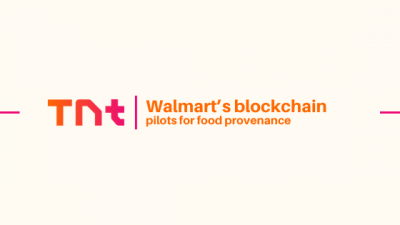A low credit score doesn’t automatically shut the door on a home equity loan. It does, however, change the conversation: expect tighter limits, higher rates, and more scrutiny of income and equity. If you plan carefully—and present strong compensating factors—you can still access funds without boxing your budget into a corner.
What counts as “bad credit”?
Lenders set their own floors, but broadly:
740+: excellent
680–739: good
620–679: fair
Below 620: generally subprime / bad credit
Many lenders prefer 620+ for home‑equity products. Some may review applications in the 580–619 range if other factors are strong—substantial equity, low debt‑to‑income (DTI), and solid income stability. Lower scores usually mean smaller approvals, higher APRs, and stricter terms.
What lenders actually evaluate
Beyond the score, underwriters weigh the full risk picture:
Equity & CLTV. Your combined loan‑to‑value (CLTV) compares all mortgages to your home’s appraised value. Standard caps often sit around 80%–85% CLTV; with weaker credit, caps may tighten.
DTI ratio. The lower, the better. Sub‑40% strengthens the case; above that, approval gets tougher.
Income stability. W‑2 consistency helps. Self‑employed borrowers should expect deeper documentation.
Credit profile detail. Recent late payments, charge‑offs, or bankruptcies matter more than older blemishes.
Occupancy & property type. Owner‑occupied single‑family is easiest. Condos, multi‑unit, or investment properties can face stricter limits.
How much can you borrow?
With bad credit, plan for conservative limits even if you have ample equity. Lenders want room for market swings. If you’re near the CLTV cap already, approval is unlikely. A strong appraisal and a lower requested amount improve odds.
Rate, payment, and fee realities
Risk‑based pricing. Expect a higher APR than prime borrowers.
Fixed vs. variable. A fixed‑rate home equity loan provides payment certainty—useful when cash flow is tight. A HELOC starts flexible but exposes you to rate increases; if you choose a HELOC, ensure you can handle higher payments.
Fees. Appraisal, origination, title, and recording costs apply. Watch for annual fees or early‑closure fees on HELOCs. Compare APR, not just the headline rate.
How to strengthen your application
Lower your DTI. Pay down revolving debt before applying; every percentage point helps.
Borrow less. Requesting a smaller amount can flip a borderline file into an approval.
Show cash reserves. Savings covering 3–6 months of payments is a plus.
Explain negatives. Provide a concise letter of explanation for any recent delinquencies and show they’re resolved.
Fix report errors. Dispute inaccuracies and wait for updates before applying.
Add a co‑borrower. A stronger credit profile and income may unlock better terms.
Stabilize income. Avoid major job changes right before you apply.
Time the appraisal. Small upgrades and a tidy property can support value—don’t overspend, but present the home well.
For borrowers exploring different lending options, platforms like Tiger Loans offer a range of solutions tailored to various financial needs, which can be especially useful if you’re comparing fixed‑payment loans versus more flexible lines.
Alternatives if you’re declined
HELOC with rate‑lock features. Draw as needed, then convert portions to fixed segments if available.
Cash‑out refinance. One larger first mortgage; could lower total payment if current rates and term fit—though you reset the clock on your mortgage.
Personal loan. Unsecured and faster, but usually higher rates and smaller limits.
Home equity investment. No monthly payment; investors exchange cash for a share of future appreciation—complex terms, so read carefully.
For eligible borrowers: You may qualify for VA Loans that offer favorable terms compared with many conventional options, potentially creating a lower‑cost path than tapping equity at subprime pricing.
Timelines you can expect
Most home equity loans close in 2–6 weeks, driven by appraisal scheduling, income verification, and closing logistics. For owner‑occupied properties, plan for a three‑business‑day rescission period after signing before funds disburse.
Key risks to price in
Your home secures the loan. Missed payments can lead to foreclosure.
Payment shock (HELOC). After the draw period, payments often jump.
Rate volatility. If a few percentage points would break your budget, lean toward fixed payments—or wait.
Fee drag. Upfront and ongoing fees can erase the benefit of a slightly lower rate elsewhere.
Bottom line
You can get a home equity loan with bad credit, but the win comes from discipline: borrow less than the maximum, demand fixed payments if your budget is tight, and document every compensating strength—equity, reserves, stable income, and lower DTI. If the terms still look expensive, compare a HELOC with lock options, a cash‑out refinance, or (if eligible) a VA pathway. The best choice is the one that still works when rates rise and life throws a curveball.
Information contained on this page is provided by an independent third-party content provider. Binary News Network and this Site make no warranties or representations in connection therewith. If you are affiliated with this page and would like it removed please contact [email protected]



Comments